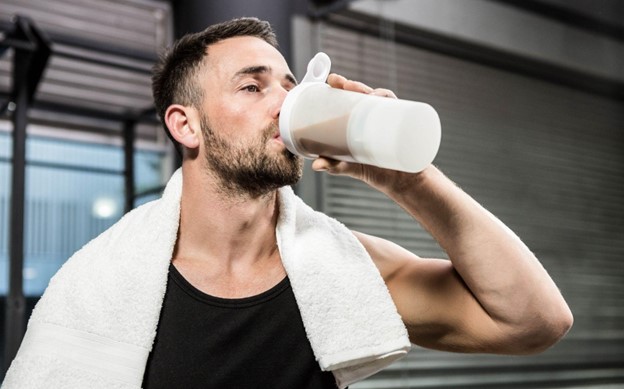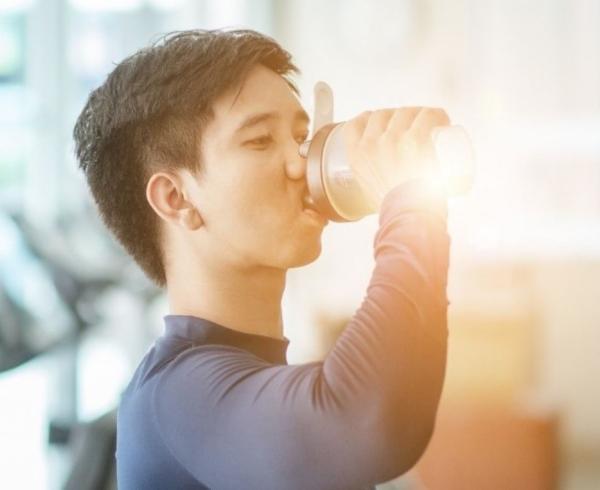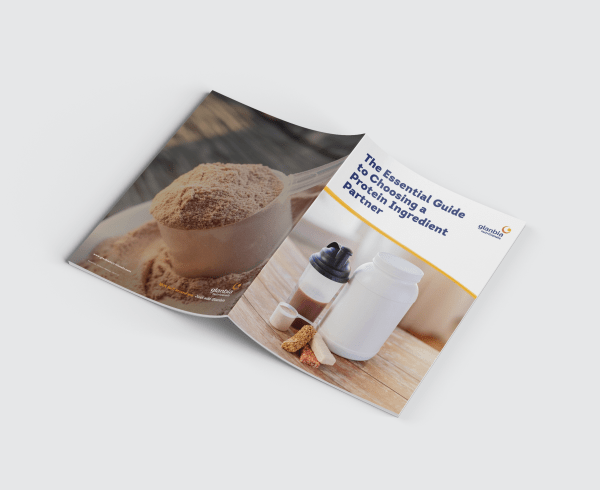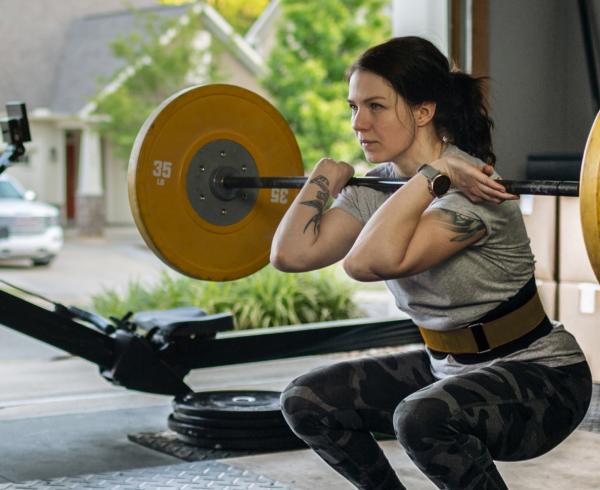Highlights
- North America is the largest sports nutrition market, while Europe is the fastest growing.
- Consumers globally are prioritizing protein—particularly Millennials and Gen Z.
- Key sports nutrition trends include mainstream consumers’ interests in protein and hydration.
- Demand is strong for products that support healthier, more active lifestyles and everyday performance.







